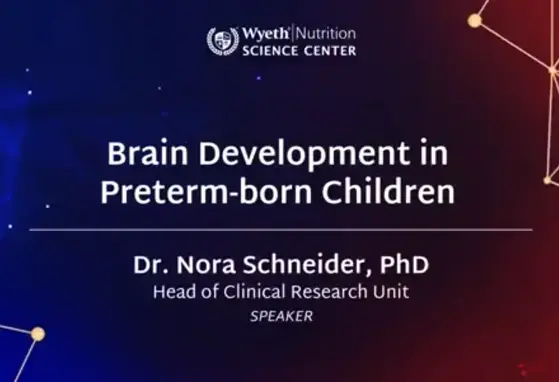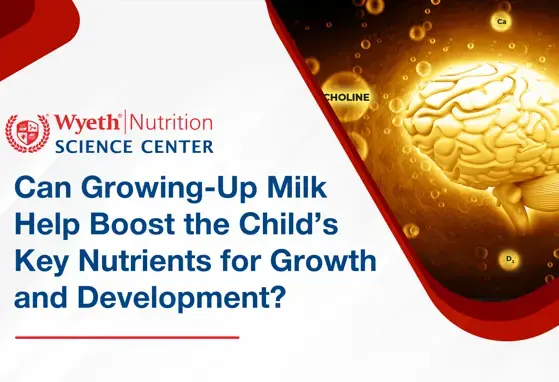Microbiota and the social brain - Dr. Siobhain O’Mahony
The social–microbiome axis is an emerging concept. The concomitant development and interaction of the two systems may provide a strategy for developing novel solutions for supporting the brain-gut axis.
In recent times, the influence of the gut microbiome in health and disease has come to the fore, and understanding the mechanisms underlying such communication, especially during early life, is crucial for gaining an understanding of certain diseases. Development of the human brain continues into postnatal life, and the dynamic nature of this development indicates that an openness exists, allowing both genetic and environmental factors to influence developing neuronal circuits.
The infant gut is largely sterile until the initial colonisation during the birthing process, yet intrauterine stressors can influence the developing bowel itself. It is in the time following birth, therefore, when the gut microbiome is established, develops and stabilises, that it is in a position to exert its greatest influence over the developing brain. Social traits are evident as early as 6 months of age, when children with extroverted temperament styles are excited by social interaction. Children may also have the opposite temperament traits where some individuals respond to novelty of social or situations with fear/shyness instead. The concomitant development of the gut microbiome and social behaviour, which so strongly underpin personality, during early life means that there is potential for interaction between the systems in both normal and pathological situations. Moreover, these particular developing systems may be particularly vulnerable to environmental perturbation (premature birth, low birth weight, toxin exposure, nutritional deficiencies, vascular accidents, maternal infection and microbiome).
The emerging concept of the social–microbiome axis suggests that modulation of the gut microbiome may be an amenable strategy for developing novel therapeutics for disorders of the brain–gut axis, including complex central nervous system disorders.
WYE-EM-036-MAR-22
If you liked this post you may also like



Infographic - Can Growing-Up Milk Help Boost the Child's Key Nutrients for Growth and development?

The Learning Lead - Volume 2, 2024: "Can Growing-Up Milk Help Boost The Child’s Key Nutrients for Growth and Development?"